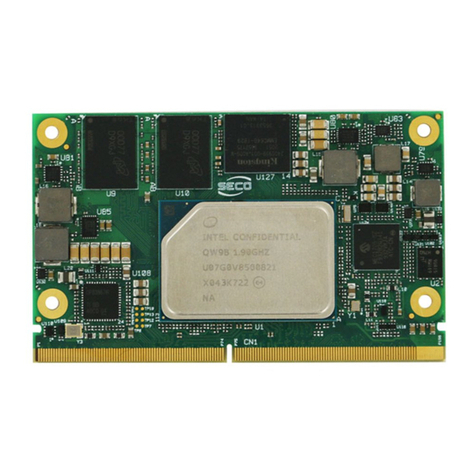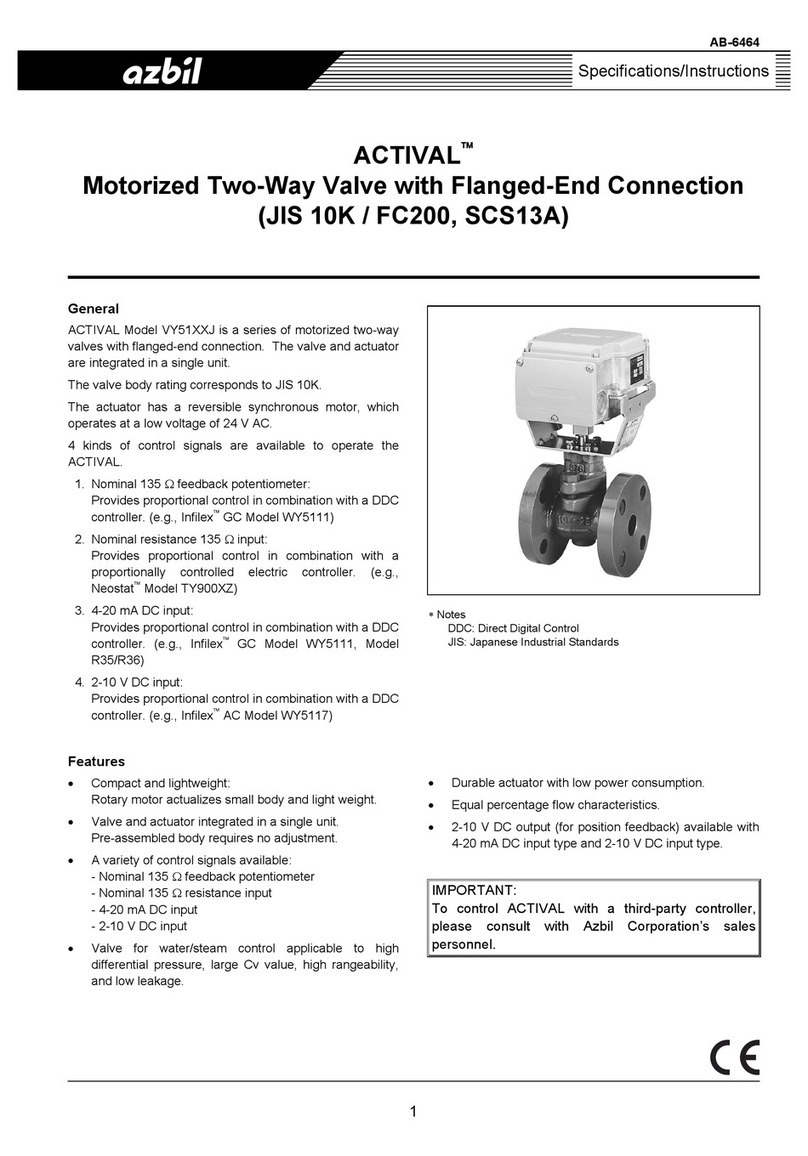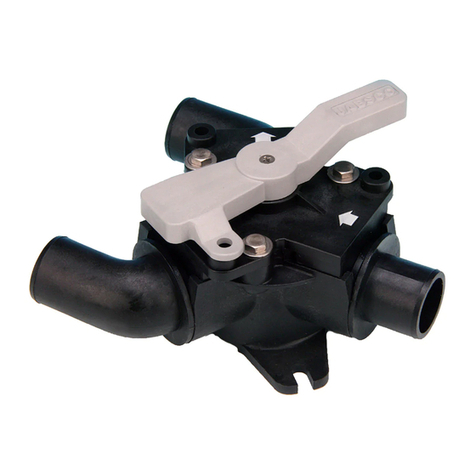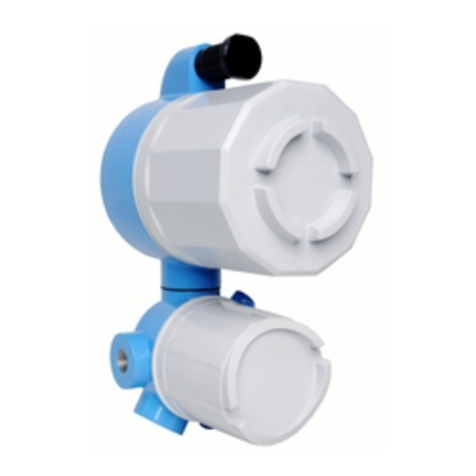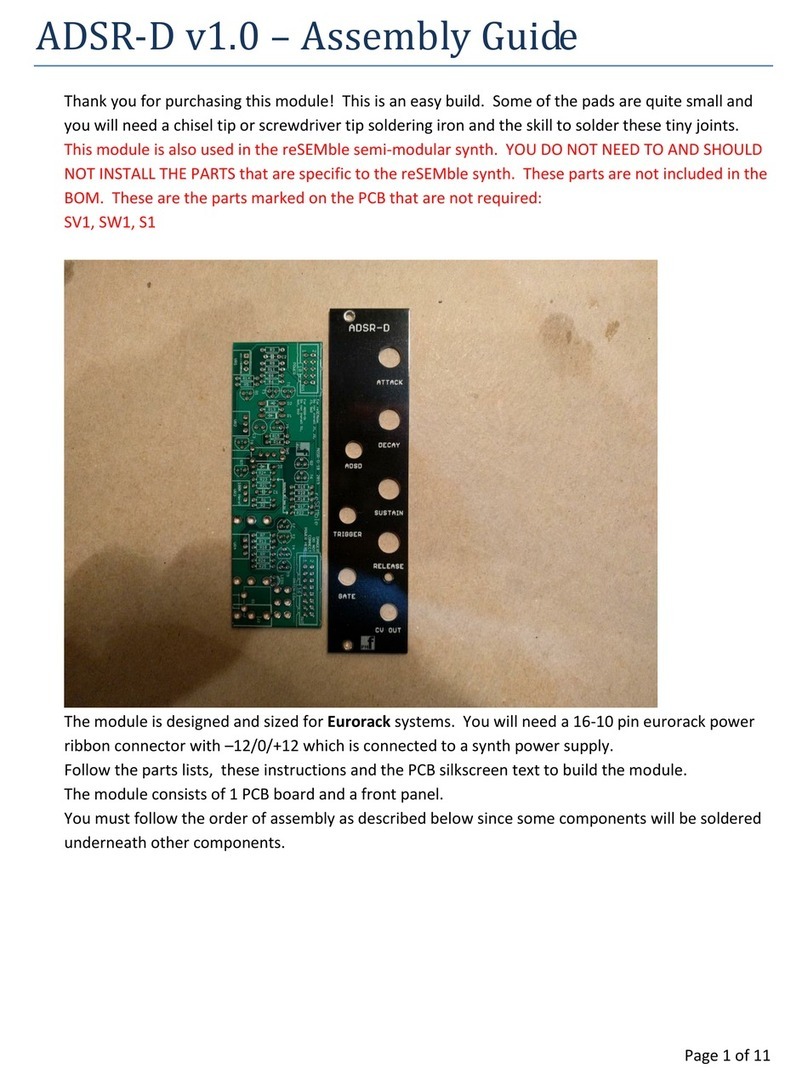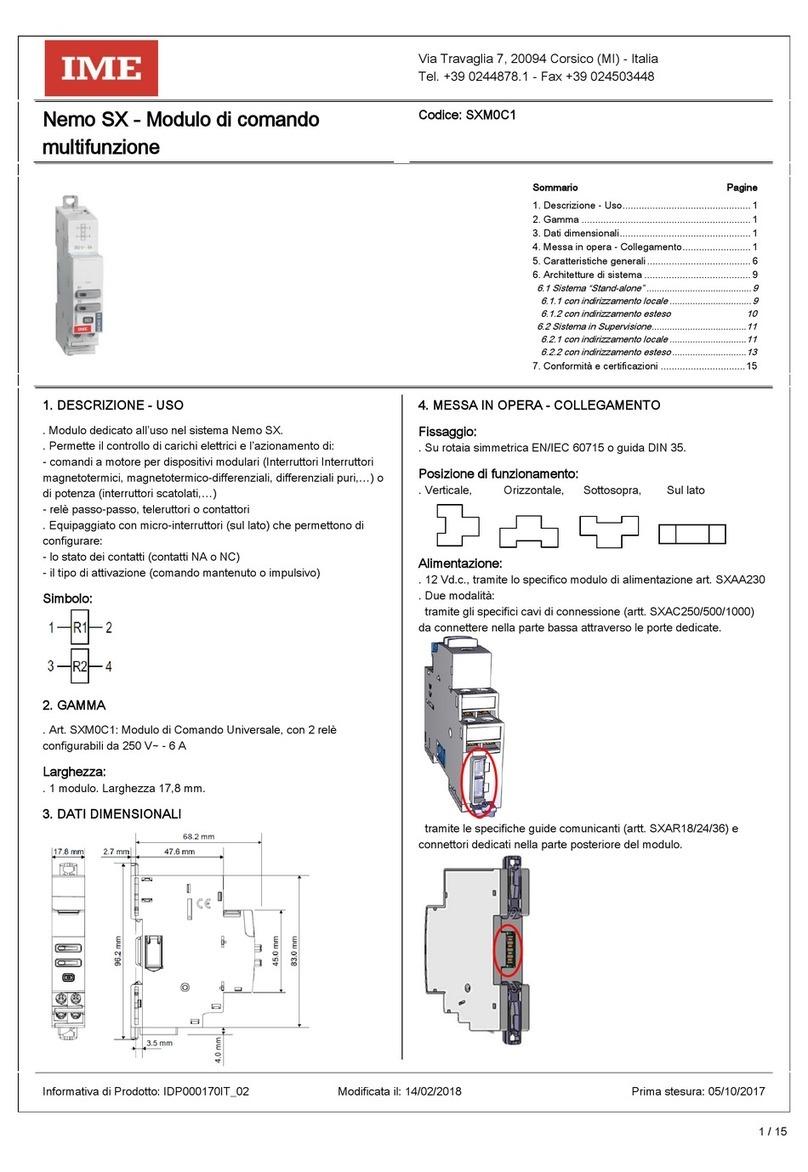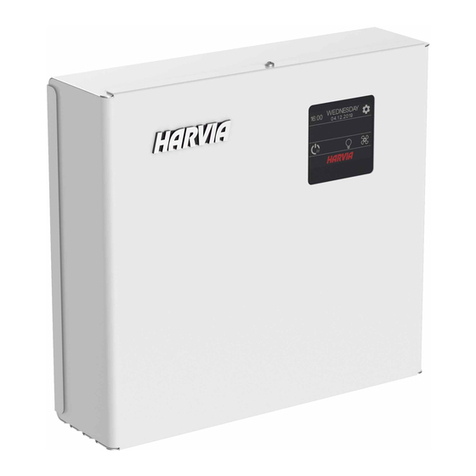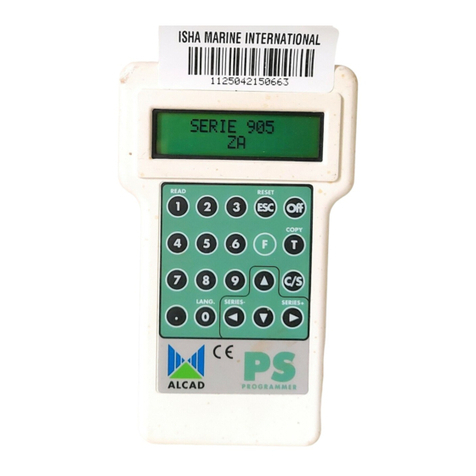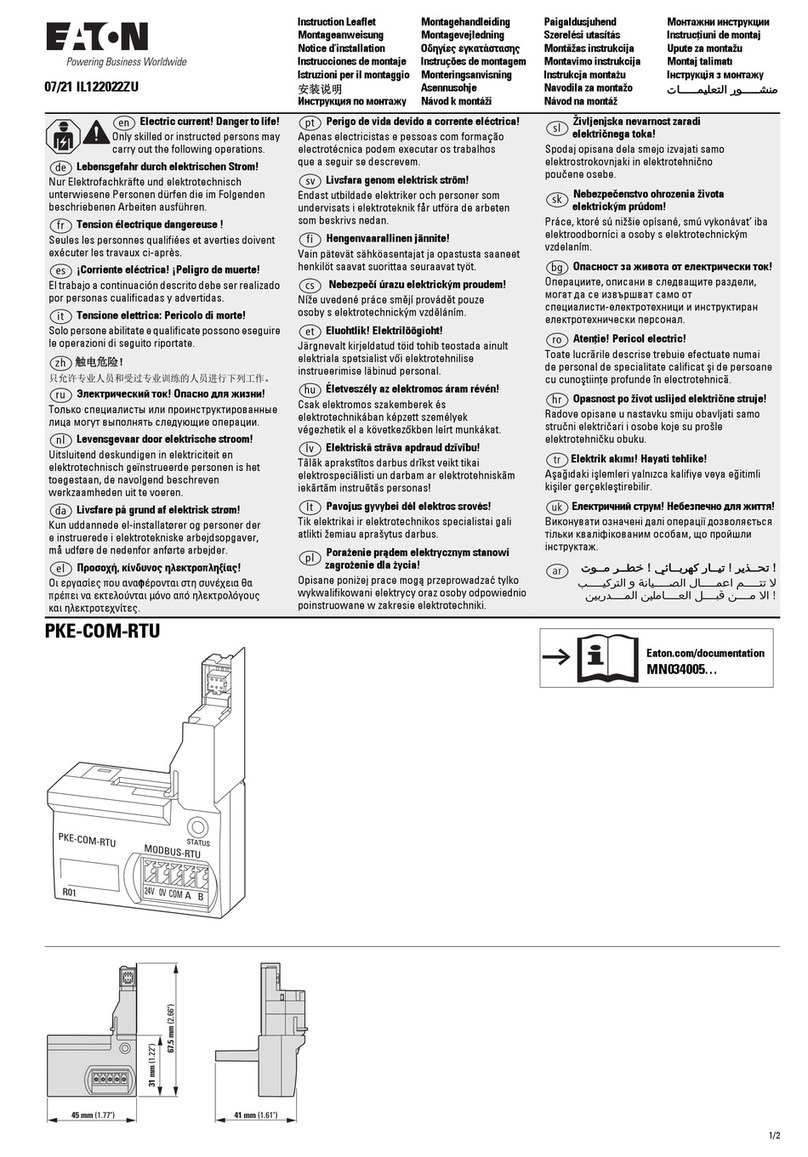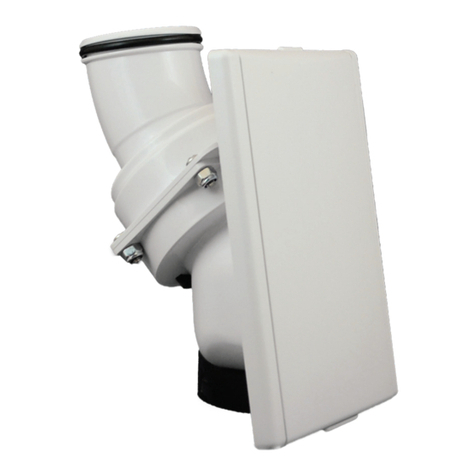Seco Qseven Q7-974 User manual

Q7-974
Qseven®Rel. 2.0 Compliant Module
with the Intel®Bay Trail family
System-On-Chips

Q7-974
Q7-974 User Manual - Rev. First Edition: 0.1 - Last Edition: 2.3 - Author: S.B. - Reviewed by G.G. Copyright © 2017 SECO S.r.l.
2
All rights reserved. All information contained in this manual is proprietary and confidential material of SECO S.r.l.
Unauthorised use, duplication, modification or disclosure of the information to a third-party by any means without prior consent of SECO S.r.l. is prohibited.
Every effort has been made to ensure the accuracy of this manual. However, SECO S.r.l. accepts no responsibility for any inaccuracies, errors or omissions herein.
SECO S.r.l. reserves the right to change precise specifications without prior notice to supply the best product possible.
Some of the information found in the BIOS SETUP Chapter has been extracted from the following copyrighted Insyde Software Corp. documents:
InsydeH2O Setup Utility - User Reference Guide
The above mentioned documents are copyright © 2008 Insyde Software Corp. All rights reserved.
For further information on this module or other SECO products, but also to get the required assistance for any and possible issues, please contact us using the
dedicated web form available at http://www.seco.com (registration required).
Our team is ready to assist.
Revision
Date
Note
Rif
1.0
16th May 2014
First Release
SB
1.1
20th June 2014
Minor correction (technical features updated, chapter 4.3.2.1 corrected)
SB
1.2
16th December 2014
BIOS Section updated
New part numbers for heatspreaders / heatsinks
SB
1.3
27th July 2015
BIOS Section updated
SB
1.4
7th October 2015
Qseven®Design guide reference Link updated.
BIOS Section updated to BIOS rel. 1.07
SB
2.0
17th February 2016
Product name change
BIOS Section updated to BIOS rel. 1.09. Power consumption added
SB
2.1
8th June 2017
BIOS Section updated to BIOS rel. 1.12
SB
2.2
8th September 2017
BIOS Section updated to BIOS rel. 1.15
SB
2.3
29th September 2017
Display Port connector reference schematics corrected
SB
REVISION HISTORY

Q7-974
Q7-974 User Manual - Rev. First Edition: 0.1 - Last Edition: 2.3 - Author: S.B. - Reviewed by G.G. Copyright © 2017 SECO S.r.l.
3
INDEX
INTRODUCTION.......................................................................................................................................................................... 5Chapter 1.
1.1 Warranty........................................................................................................................................................................................................................................ 6
1.2 Information and assistance............................................................................................................................................................................................................. 7
1.3 RMA number request..................................................................................................................................................................................................................... 7
1.4 Safety............................................................................................................................................................................................................................................ 8
1.5 Electrostatic Discharges.................................................................................................................................................................................................................8
1.6 RoHS compliance.......................................................................................................................................................................................................................... 8
1.7 Terminology and definitions ............................................................................................................................................................................................................ 9
1.8 Reference specifications ..............................................................................................................................................................................................................11
OVERVIEW ............................................................................................................................................................................... 13Chapter 2.
2.1 Introduction.................................................................................................................................................................................................................................. 14
2.2 Technical Specifications...............................................................................................................................................................................................................15
2.3 Electrical Specifications................................................................................................................................................................................................................16
2.3.1 Power Rails meanings.......................................................................................................................................................................................................... 16
2.3.2 Power Consumption ............................................................................................................................................................................................................17
2.4 Mechanical Specifications............................................................................................................................................................................................................18
2.5 Block Diagram .............................................................................................................................................................................................................................19
CONNECTOR........................................................................................................................................................................... 20Chapter 3.
3.1 Introduction.................................................................................................................................................................................................................................. 21
3.2 Connectors description................................................................................................................................................................................................................22
3.2.1 VGA Connector ...................................................................................................................................................................................................................22
3.2.2 FAN Connector....................................................................................................................................................................................................................23
3.2.3 Qseven®Connector.............................................................................................................................................................................................................23
3.2.4 BOOT Strap Signals.............................................................................................................................................................................................................44
BIOS SETUP............................................................................................................................................................................. 45Chapter 4.
4.1 InsydeH2O setup Utility................................................................................................................................................................................................................ 46
4.2 Main setup menu.........................................................................................................................................................................................................................47
4.2.1 System Time / System Date.................................................................................................................................................................................................47
4.3 Advanced menu ..........................................................................................................................................................................................................................48

Q7-974
Q7-974 User Manual - Rev. First Edition: 0.1 - Last Edition: 2.3 - Author: S.B. - Reviewed by G.G. Copyright © 2017 SECO S.r.l.
4
4.3.1 Boot configuration submenu................................................................................................................................................................................................. 49
4.3.2 PCI Express configuration submenu .....................................................................................................................................................................................49
4.3.3 USB configuration submenu.................................................................................................................................................................................................50
4.3.4 Audio configuration submenu...............................................................................................................................................................................................52
4.3.5 LPSS & SCC configuration submenu....................................................................................................................................................................................52
4.3.6 Miscellaneous Configuration submenu.................................................................................................................................................................................. 53
4.3.7 Security configuration (TXE) submenu...................................................................................................................................................................................53
4.3.8 Video configuration submenu ...............................................................................................................................................................................................54
4.3.9 Chipset configuration submenu............................................................................................................................................................................................57
4.3.10 SATA configuration submenu ...............................................................................................................................................................................................57
4.3.11 Console Redirection submenu..............................................................................................................................................................................................58
4.3.12 ACPI Table/features submenu..............................................................................................................................................................................................59
4.3.13 SuperI/O configuration submenu ..........................................................................................................................................................................................60
4.3.14 Virtual SuperI/O configuration submenu ................................................................................................................................................................................61
4.3.15 INT/IRQ configuration submenu............................................................................................................................................................................................61
4.4 Security menu..............................................................................................................................................................................................................................62
4.4.1 USB Disk Signature Option submenu ...................................................................................................................................................................................62
4.5 Power menu................................................................................................................................................................................................................................63
4.5.1 Advanced CPU control submenu .........................................................................................................................................................................................64
4.5.2 EC Watchdog Configuration submenu..................................................................................................................................................................................65
4.5.3 Thermal Zone configuration (TjMax = 110 °C) submenu ........................................................................................................................................................65
4.6 Boot menu ..................................................................................................................................................................................................................................66
4.6.1 Fixed Legacy Boot Order submenu ......................................................................................................................................................................................67
4.6.2 Legacy submenu................................................................................................................................................................................................................. 68
4.7 Exit menu ....................................................................................................................................................................................................................................69
Appendices.............................................................................................................................................................................. 70Chapter 5.
5.1 Thermal Design............................................................................................................................................................................................................................71
5.2 Accessories.................................................................................................................................................................................................................................74
5.2.1 VGA Adapter module M908 .................................................................................................................................................................................................74

Q7-974
Q7-974 User Manual - Rev. First Edition: 0.1 - Last Edition: 2.3 - Author: S.B. - Reviewed by G.G. Copyright © 2017 SECO S.r.l.
5
Chapter 1.
Warranty
Information and assistance
RMA number request
Safety
Electrostatic Discharges
RoHS compliance
Terminology and definitions
Reference specifications

Q7-974
Q7-974 User Manual - Rev. First Edition: 0.1 - Last Edition: 2.3 - Author: S.B. - Reviewed by G.G. Copyright © 2017 SECO S.r.l.
6
1.1Warranty
This product is subject to the Italian Law Decree 24/2002, acting European Directive 1999/44/CE on matters of sale and warranties to consumers.
The warranty on this product lasts 1 year.
Under the warranty period, the Supplier guarantees the buyer assistance and service for repairing, replacing or credit of the item, at the Supplier’s own discretion.
Shipping costs that apply to non-conforming items or items that need replacement are to be paid by the customer.
Items cannot be returned unless previously authorised by the supplier.
The authorisation is released after completing the specific form available on the web-site http://www.seco.com/en/prerma (RMA Online). The RMA authorisation
number must be put both on the packaging and on the documents shipped with the items, which must include all the accessories in their original packaging, with
no signs of damage to, or tampering with, any returned item.
The error analysis form identifying the fault type must be completed by the customer and must accompany the returned item.
If any of the above mentioned requirements for RMA is not satisfied, the item will be shipped back and the customer will have to pay any and all shipping costs.
Following a technical analysis, the supplier will verify if all the requirements for which a warranty service applies are met. If the warranty cannot be applied, the
Supplier will calculate the minimum cost of this initial analysis on the item and the repair costs. Costs for replaced components will be calculated separately.
Warning!
All changes or modifications to the equipment not explicitly approved by SECO S.r.l. could impair the equipment’s functionality and could void
the warranty

Q7-974
Q7-974 User Manual - Rev. First Edition: 0.1 - Last Edition: 2.3 - Author: S.B. - Reviewed by G.G. Copyright © 2017 SECO S.r.l.
7
1.2Information and assistance
What do I have to do if the product is faulty?
SECO S.r.l. offers the following services:
SECO website: visit http://www.seco.com to receive the latest information on the product. In most of the cases it is possible to find useful information to
solve the problem.
SECO Sales Representative: the Sales Rep can help determine the exact cause of the problem and search for the best solution.
SECO Help-Desk: contact SECO Technical Assistance. A technician is at disposal to understand the exact origin of the problem and suggest the correct
solution. E-mail: technical.se[email protected]
Fax (+39) 0575 340434
Repair centre: it is possible to send the faulty product to the SECO Repair Centre. In this case, follow this procedure:
oReturned items must be accompanied by a RMA Number. Items sent without the RMA number will be not accepted.
oReturned items must be shipped in an appropriate package. SECO is not responsible for damages caused by accidental drop, improper usage, or
customer neglect.
Note: Please have the following information before asking for technical assistance:
-Name and serial number of the product;
-Description of Customer’s peripheral connections;
-Description of Customer’s software (operating system, version, application software, etc.);
-A complete description of the problem;
-The exact words of every kind of error message encountered.
1.3RMA number request
To request a RMA number, please visit SECO’s web-site. On the home page, please select “RMA Online”and follow the procedure described.
A RMA Number will be sent within 1 working day (only for on-line RMA requests).

Q7-974
Q7-974 User Manual - Rev. First Edition: 0.1 - Last Edition: 2.3 - Author: S.B. - Reviewed by G.G. Copyright © 2017 SECO S.r.l.
8
Whenever handling a Q7-974 module, ground yourself through an anti-static wrist strap. Placement of the board on an anti-static
surface is also highly recommended.
1.4Safety
The Q7-974 module uses only extremely-low voltages.
While handling the board, please use extreme caution to avoid any kind of risk or damages to electronic components.
1.5 Electrostatic Discharges
The Q7-974 module, like any other electronic product, is an electrostatic sensitive device: high voltages caused by static electricity could damage some or all the
devices and/or components on-board.
1.6 RoHS compliance
The Q7-974 module is designed using RoHS compliant components and is manufactured on a lead-free production line. It is therefore fully RoHS compliant.
Always switch the power off, and unplug the power supply unit, before handling the board and/or connecting cables or other boards.
Avoid using metallic components - like paper clips, screws and similar - near the board when connected to a power supply, to avoid
short circuits due to unwanted contacts with other board components.
If the board has become wet, never connect it to any external power supply unit or battery.
Check carefully that all cables are correctly connected and that they are not damaged.

Q7-974
Q7-974 User Manual - Rev. First Edition: 0.1 - Last Edition: 2.3 - Author: S.B. - Reviewed by G.G. Copyright © 2017 SECO S.r.l.
9
1.7 Terminology and definitions
ACPI Advanced Configuration and Power Interface, an open industrial standard for the board’s devices configuration and power management
AHCI Advanced Host Controller Interface, a standard which defines the operation modes of SATA interface
API Application Program Interface, a set of commands and functions that can be used by programmers for writing software for specific Operating
Systems
BIOS Basic Input / Output System, the Firmware Interface that initializes the board before the OS starts loading
CEC Consumer Electronics Control, an HDMI feature which allows controlling more devices connected together by using only one remote control
CRT Cathode Ray Tube. Initially used to indicate a type of monitor, this acronym has been used over time to indicate the analog video interface used
to drive them.
DDC Display Data Channel, a kind of I2C interface for digital communication between displays and graphics processing units (GPU)
DDR Double Data Rate, a typology of memory devices which transfer data both on the rising and on the falling edge of the clock
DDR3 DDR, 3rd generation
DP Display Port, a type of digital video display interface
DVI Digital Visual interface, a type of digital video display interface
eDP embedded Display Port, a type of digital video display interface developed especially for internal connections between boards and digital displays
EHCI Enhanced Host Controller interface, a high-speed controller for USB ports, able to support USB2.0 standard
FFC/FPC Flexible Flat Cable / Flat Panel Cable
GBE Gigabit Ethernet
Gbps Gigabits per second
GND Ground
GPI/O General purpose Input/Output
HD Audio High Definition Audio, most recent standard for hardware codecs developed by Intel®in 2004 for higher audio quality
HDMI High Definition Multimedia Interface, a digital audio and video interface
I2C Bus Inter-Integrated Circuit Bus, a simple serial bus consisting only of data and clock line, with multi-master capability
JTAG Joint Test Action Group, common name of IEEE1149.1 standard for testing printed circuit boards and integrated circuits through the Debug port
LPC Bus Low Pin Count Bus, a low speed interface based on a very restricted number of signals, deemed to management of legacy peripherals
LVDS Low Voltage Differential Signalling, a standard for transferring data at very high speed using inexpensive twisted pairs copper cables, usually used
for video applications
MAC Medium Access Controller, the hardware implementing the Data Link Layer of ISO/OSI-7 model for communication systems

Q7-974
Q7-974 User Manual - Rev. First Edition: 0.1 - Last Edition: 2.3 - Author: S.B. - Reviewed by G.G. Copyright © 2017 SECO S.r.l.
10
Mbps Megabits per second
MMC/eMMC MultiMedia Card / embedded MMC, a type of memory card having the same interface of SD cards. The eMMC is the embedded version of the
MMC. They are devices that incorporate both the memory controller and the flash memories on a single BGA chip.
N.A. Not Applicable
N.C. Not Connected
OpenCL Open Computing Language, a software library based on C99 programming language, conceived explicitly to realise parallel computing using
Graphics Processing Units (GPU)
OpenGL Open Graphics Library, an Open Source API dedicated to 2D and 3D graphics
OS Operating System
PCI-e Peripheral Component Interface Express
PHY Abbreviation of Physical, it is the device implementing the Physical Layer of ISO/OSI-7 model for communication systems
PSU Power Supply Unit
PWM Pulse Width Modulation
PWR Power
PXE Preboot Execution Environment, a way to perform the boot from the network ignoring local data storage devices and/or the installed OS
SATA Serial Advance Technology Attachment, a differential half duplex serial interface for Hard Disks
SD Secure Digital, a memory card type
SDHC Secure Digital Host Controller
SM Bus System Management Bus, a subset of the I2C bus protocol dedicated to communication with devices for system management, like a smart
battery and other power supply-related devices
SPI Serial Peripheral Interface, a 4-Wire synchronous full-duplex serial interface which is composed of a master and one or more slaves, individually
enabled through a Chip Select line
TBM To be measured
TMDS Transition-Minimized Differential Signaling, a method for transmitting high speed serial data, normally used on DVI and HDMI interfaces
TTL Transistor-transistor Logic
UEFI Unified Extensible Firmware Interface, a specification defining the interface between the OS and the board’s firmware. It is meant to replace the
original BIOS interface
USB Universal Serial Bus
V_REF Voltage reference Pin
VGA Video Graphics Array. An analog computer display standard, commonly referred to also as CRT.
xHCI eXtensible Host Controller Interface, Host controller for USB 3.0 ports, which can also manage USB 2.0 and USB1.1 ports

Q7-974
Q7-974 User Manual - Rev. First Edition: 0.1 - Last Edition: 2.3 - Author: S.B. - Reviewed by G.G. Copyright © 2017 SECO S.r.l.
11
1.8 Reference specifications
Here below it is a list of applicable industry specifications and reference documents.
Reference
Link
ACPI
http://www.acpi.info
AHCI
http://www.intel.com/content/www/us/en/io/serial-ata/ahci.html
DDC
http://www.vesa.org
DP, eDP
http://www.vesa.org
Gigabit Ethernet
http://standards.ieee.org/about/get/802/802.3.html
HD Audio
http://www.intel.com/content/dam/www/public/us/en/documents/product-specifications/high-definition-audio-specification.pdf
HDMI
http://www.hdmi.org/index.aspx
I2C
http://www.nxp.com/documents/other/UM10204_v5.pdf
Intel®Front Panel I/O
connectivity DG
http://www.formfactors.org/developer/specs/A2928604-005.pdf
JTAG
http://standards.ieee.org/develop/wg/Boundary_Scan_Architecture.html
LPC Bus
http://www.intel.com/design/chipsets/industry/lpc.htm
LVDS
http://www.ti.com/ww/en/analog/interface/lvds.shtml
http://www.ti.com/lit/ml/snla187/snla187.pdf
MMC/eMMC
http://www.jedec.org/committees/jc-649
OpenCL
http://www.khronos.org/opencl
OpenGL
http://www.opengl.org
PCI Express
http://www.pcisig.com/specifications/pciexpress
PCI Express mini cards
http://www.pcisig.com/specifications/pciexpress/specifications/specifications/pciexpress/base2/#MCEM2
Qseven®Design Guide
http://www.sget.org/uploads/media/Qseven_Design_Guide_2_0.pdf
Qseven®specifications
http://www.sget.org/uploads/media/Qseven-Spec_2.0_SGET.pdf
Qseven®Errata to rel. 2.0
http://www.sget.org/uploads/media/Qseven-Spec_2.0_SGET_errata_sheet_E2.00-001.pdf

Q7-974
Q7-974 User Manual - Rev. First Edition: 0.1 - Last Edition: 2.3 - Author: S.B. - Reviewed by G.G. Copyright © 2017 SECO S.r.l.
12
SATA
https://www.sata-io.org
SD Card Association
https://www.sdcard.org/home
SM Bus
http://www.smbus.org/specs
TMDS
http://www.siliconimage.com/technologies/tmds
UEFI
http://www.uefi.org
USB 2.0 and USB OTG
http://www.usb.org/developers/docs/usb_20_070113.zip
USB 3.0
http://www.usb.org/developers/docs/usb_30_spec_070113.zip
Intel®Atom Bay Trail family
http://ark.intel.com/products/codename/55844/Bay-Trail#@Embedded

Q7-974
Q7-974 User Manual - Rev. First Edition: 0.1 - Last Edition: 2.3 - Author: S.B. - Reviewed by G.G. Copyright © 2017 SECO S.r.l.
14
2.1Introduction
Q7-974 is a CPU module, in Qseven®format, based on the Intel®Atom family of System-on-Chips (SOCs), formerly coded as Bay Trail, CPUs, a series of Single/
Dual / Quad SOCs with 64-bit instruction set.
These SOCs embed all the features usually obtained by combination of CPU + platform Controller hubs, all in one single IC, which allows, therefore, the system
minimisation and performance optimisation, which is essential for boards with sizes so reduced as for Qseven®boards, which offers all functionalities of standard
PC boards in just 70x70mm.
The board is also available in an EXTREME configuration, with all the components mounted onboard certified for industrial temperature ranges (this configuration is
not available with the Celeron®processors).
The embedded memory controller allows the integration of up to 8GB of DDR3L Memory directly soldered onboard, speed up to 1333MHz (it depends on the SoC
used).
All SOCs embed an Intel®HD Graphics 400 series controller, which offer high graphical performances, with support for Microsoft®DirectX11, OpenGL 3.0,
OpenCL 1.2, OpenGLES 2.0 and HW acceleration for video decoding of H.264, MPEG2, MVG, VC-1, VP8 and MJPEG video standards (for H.264, MPEG2 and
MVG also HW encoding is offered). This embedded GPU is able to drive two independent displays, by using the interfaces available on Qseven®golden finger
connector and/or the VGA dedicated connector.
Mass Storage capabilities of the board include up to two external S-ATA channels, a standard SD interface and one optional SATA Flash Disk soldered on board.
Other than the interfaces already discussed previously, on Qseven®golden finger connector there are the signals necessary for the implementation of Gigabit
Ethernet, one USB 3.0 port, up to 5 x USB 2.0 ports, 18/24-bit Single/Dual Channel LVDS or embedded Display Port interface, HDMI or multi-mode DisplayPort
interface, 3 x PCI-Express x 1 lanes, HD Audio interface, I2C, SPI, LPC and SM buses, UART interface.
Interfacing to the board comes through a single card edge connector, whose pinout is defined by Qseven®specifications Rel.2.0. For external interfacing to
standard devices, a carrier board with a 230-pin MXM connector is needed. This board will implement all the routing of the interface signals to external standard
connectors, as well as integration of other peripherals/devices not already included in Q7-974 CPU module.
Please refer to following chapter for a complete list of all peripherals integrated and characteristics.

2.2Technical Specifications
System-On-Chips
Intel®Atom E3845, Quad Core @1.91GHz, 2MB Cache, 10W TDP
Intel®Atom E3827, Dual Core @1.75GHz, 1MB Cache, 8W TDP
Intel®Atom E3826, Dual Core @1.46GHz, 1MB Cache, 7W TDP
Intel®Atom E3825, Dual Core @1.33GHz, 1MB Cache, 6W TDP
Intel®Atom E3815, Single Core @1.46GHz, 512KB Cache, 5W TDP
Intel®Celeron®J1900, Quad Core @2.0GHz, 2MB Cache, 10W TDP
Intel®Celeron®N2930, Quad Core @1.83GHz, 2MB Cache, 7.5W TDP
Intel®Celeron®N2807, Dual Core @1.58GHz, 1MB Cache, 4.3W TDP
Memory
Soldered down DDR3L memory
E3845, E3827, J1900, N2930: up to 8GB Dual-Channel DDR3L @ 1333MHz
E3826: up to 8GB Dual-Channel DDR3L @ 1066MHz
N2807: up to 4GB Single-Channel DDR3L @ 1333MHz
E3825, E3815: up to 4GB Single-Channel DDR3L @ 1066MHz
Graphics
Integrated Intel®HD Graphics 4000 series controller
Dual independent display support
HW decoding of H.264, MPEG2, MVC, VC1, VP8, MJPEG formats
HW encoding of H.264, MPEG2 and MVC formats
Video Interfaces
HDMI or Multimode Display Port interface
Embedded Display Port or 18/24 bit dual channel LVDS interface
Additional VGA interface (optional external adapter is required)
Video Resolutions
HDMI: Up to 1920x1080p@60Hz
Display Port, eDP, CRT: Up to 2560x1600@60Hz
Optional LVDS interface: Up to 1920x1200@60Hz
Mass Storage
Up to 2 x external S-ATA channels
SD interface
Optional SATA Flash Disk soldered onboard
USB
1 x USB 3.0 Host Port
6 x USB2.0 Host ports (one shared with USB 3.0 interface)
Networking
Gigabit Ethernet interface
Audio
HD Audio interface
PCI Express
3 x PCI-e x1 lanes
Serial Ports
1 x Serial port (TTL interface)
Other Interfaces
I2C bus
LPC Bus
SM Bus
Thermal / FAN management
SPI interface
Power Management Signals
Power supply voltage: +5VDC ± 5%
Operating temperature: 0°C ÷ +60°C (commercial version) **
-40°C ÷ +85°C (industrial version) **
Dimensions: 70 x70 mm (2.76”x 2.76”)
** Temperatures indicated are the minimum and maximum temperature that
the heatspreader / heatsink can reach in any of its parts. This means that it is
customer
’
s responsibility to use any passive cooling solution along with an
application-dependent cooling system, capable to ensure that the
heatspreader / heatsink temperature remains in the range above indicated.
Please also check paragraph 5.1

Q7-974
Q7-974 User Manual - Rev. First Edition: 0.1 - Last Edition: 2.3 - Author: S.B. - Reviewed by G.G. Copyright © 2017 SECO S.r.l.
16
2.3Electrical Specifications
According to Qseven®specifications, Q7-974 board needs to be supplied only with an external +5VDC power supply.
5 Volts standby voltage needs to be supplied for working in ATX mode.
For Real Time Clock working and CMOS memory data retention, it is also needed a backup battery voltage. All these voltages are supplied directly through card
edge fingers (see connector’s pinout).
All remaining voltages needed for board’s working are generated internally from +5V_S power rail.
2.3.1 Power Rails meanings
In all the tables contained in this manual, Power rails are named with the following meaning:
_S: Switched voltages, i.e. power rails that are active only when the board is in ACPI’s S0 (Working) state. Examples: +3.3V_S, +5V_S.
_A: Always-on voltages, i.e. power rails that are active both in ACPI’s S0 (Working), S3 (Standby) and S5 (Soft Off) state. Examples: +5V_A, +3.3V_A.
_U: unswitched ACPI S3 voltages, i.e. power rails that are active both in ACPI’s S0 (Working) and S3 (Standby) state. Examples: +1.5V_U

Q7-974
Q7-974 User Manual - Rev. First Edition: 0.1 - Last Edition: 2.3 - Author: S.B. - Reviewed by G.G. Copyright © 2017 SECO S.r.l.
17
2.3.2 Power Consumption
Q7-974 module, like all Qseven®modules, needs a carrier board for its normal working. All connections with the external world come through this carrier board,
which provide also the required voltage to the board, deriving it from its power supply source.
Anyway, power consumption has been measured on +5V_S power rail that supplies the board. For this reason, the values indicated in the table below are real
average power consumptions of the board, and are independent from those of the peripherals connected to the Carrier Board.
Power consumption in Suspend and Soft-Off States have been measured on +5V_A power rail. RTC power consumption has been measured on carrier board’s
backup battery when the system is not powered.
The current consumptions, written in the table of this page, have been measured using the following setups:
Intel®Atom E3845 SoC, 4GB DDR3L, 16GB SSD soldered onboard
Intel®Celeron®N2807 SoC, 2GB DDR3L, 32GB SSD soldered onboard
Intel®Celeron®J1900 SoC, 4GB DDR3L, no SSD soldered onboard
O.S. Windows 7 ultimate SP1
Bios Release 1.09
USB mouse and keyboard connected
HDMI display connected.
Status
SoC
E3845
N2807
J1900
Idle, power saving configuration
625 mA
863 mA
548 mA
OS Boot, power saving configuration
683 mA
875 mA
680 mA
Video reproduction@720p, power saving configuration
795 mA
982 mA
745 mA
Video reproduction@1080p, power saving configuration
1020 mA
1060 mA
870 mA
3DMarkVantage benchmark, power saving configuration
1480 mA
1590 mA
1477 mA
3DMarkVantage benchmark, maximum performance
2062 mA
2013 mA
2050mA
Suspend to RAM (typical)
58 mA
Soft Off (typical)
25 mA
RTC Power consumption (typical)
2,5μA
2,5μA
2,5μA

Q7-974
Q7-974 User Manual - Rev. First Edition: 0.1 - Last Edition: 2.3 - Author: S.B. - Reviewed by G.G. Copyright © 2017 SECO S.r.l.
18
2.4 Mechanical Specifications
According to Qseven®specifications, board dimensions are: 70 x 70 mm (2.76”x 2.76”).
Printed circuit of the board is made of twelve layers, some of them are ground planes, for
disturbance rejection.
The MXM connector accommodates various connector heights for different carrier board
applications needs. Qseven®specification suggests two connector heights, 7.8mm and
7.5mm, but it is also possible to use different connector heights, also remaining compliant
to the standard.
When using different connector heights, please consider that, according to Qseven®
specifications, components placed on bottom side of Q7-974 will have a maximum height
of 2.2mm ± 0.1. Keep this value in mind when choosing the MXM connector’s height, if it is
needed to place components on the carrier board in the zone below the Qseven®module.

Q7-974
Q7-974 User Manual - Rev. First Edition: 0.1 - Last Edition: 2.3 - Author: S.B. - Reviewed by G.G. Copyright © 2017 SECO S.r.l.
19
Power management
SATA #1
SATA #0
I2C
SPI
LPC Bus
HD Audio
SD interface
UART interface
SM Bus
HDMI or DP++
eDP or LVDS
SM bus
Gigabit Ethernet
PCI-e interface
STMicroelectronics
STM32F100R4
microcontroller
Embedded SATA
Disk
Internal FAN
connector
VGA connector
Intel®Bay
Trail family
SoC
Intel®Ethernet
Controller I210-IT
DDR3L System
Memory
DDR3L System
Memory
FACTORY
ALTERNATIVES
DDI0
PCI-e #3
PCI-e #0 ÷ #2
Power section
+5V_S, +5V_A
External FAN interface
DDI1
USB 3.0 port
SMSC USB3503A
HSIC USB Hub
USB 2.0 ports
USB #0 ÷ #3
USB #4 / 5
USB HSIC interface
FACTORY
ALTERNATIVES
FACTORY
ALTERNATIVES
2.5 Block Diagram
Table of contents
Other Seco Control Unit manuals

Seco
Seco Smarc SM-B71 User manual
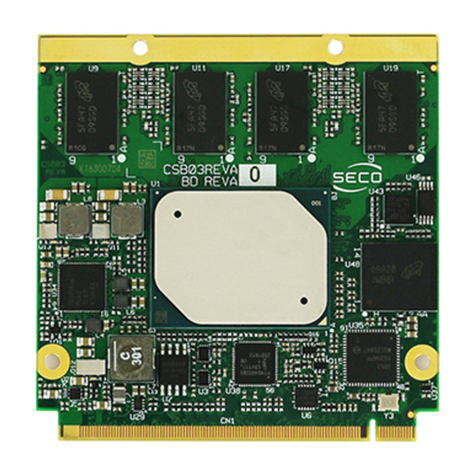
Seco
Seco Qseven Q7-B03 User manual
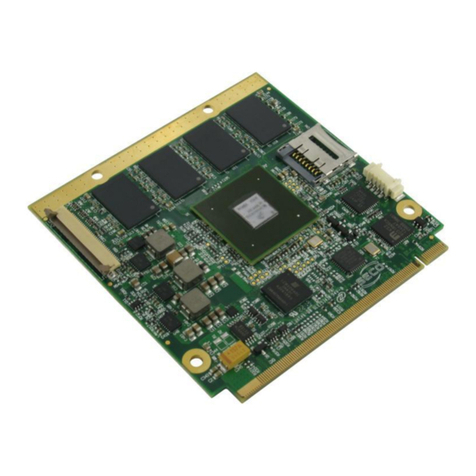
Seco
Seco Q7-928 User manual
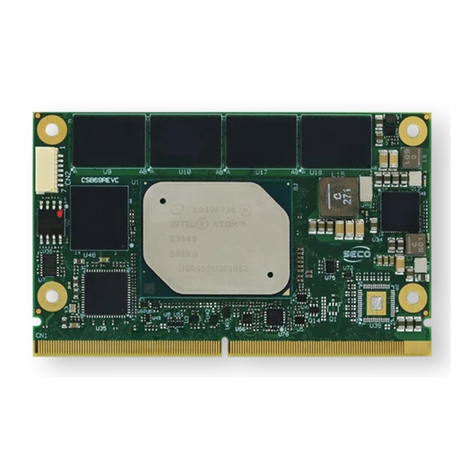
Seco
Seco Smarc SM-B69 User manual
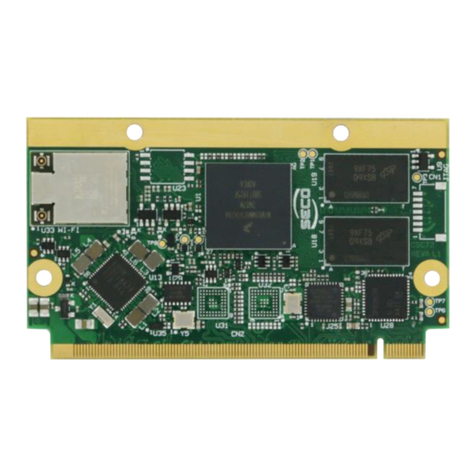
Seco
Seco Qseven mQ7-C72 User manual

Seco
Seco SM-C12 User manual
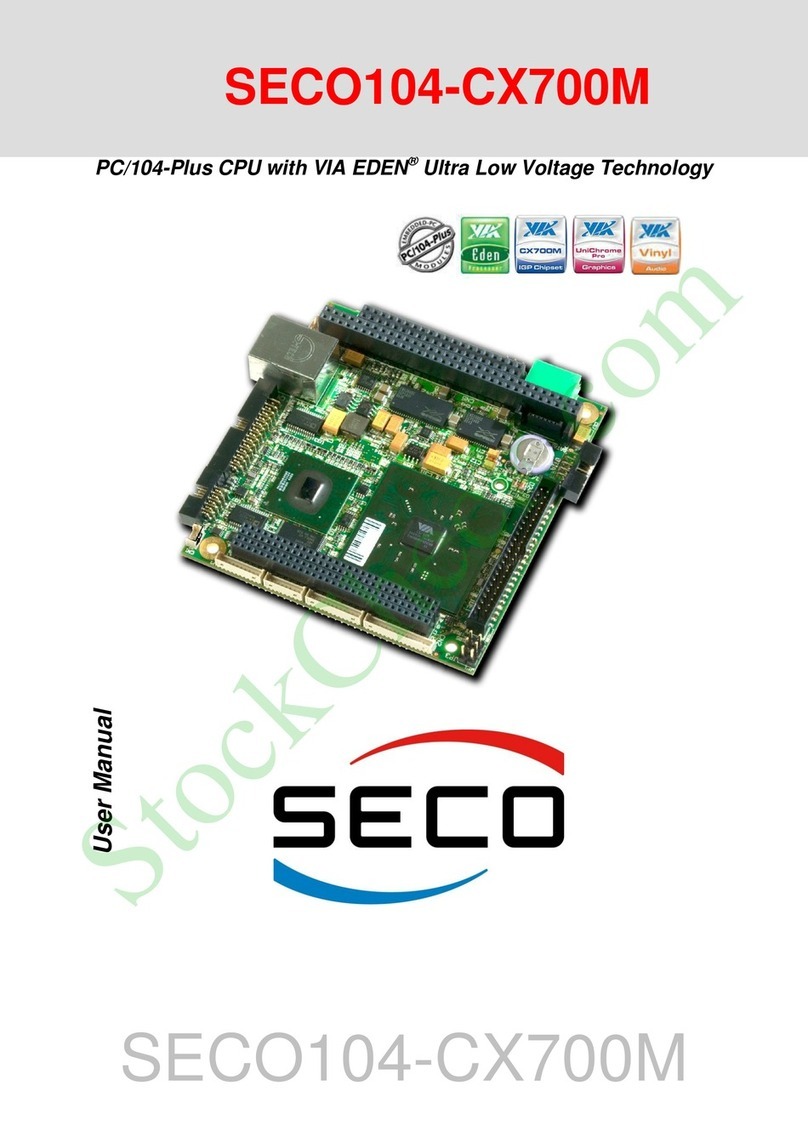
Seco
Seco SECO104-CX700M User manual
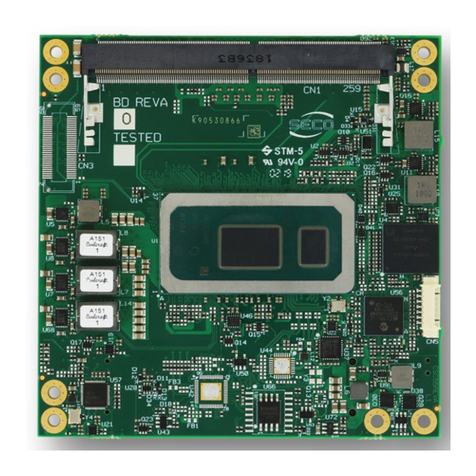
Seco
Seco COMe-C55-CT6 User manual
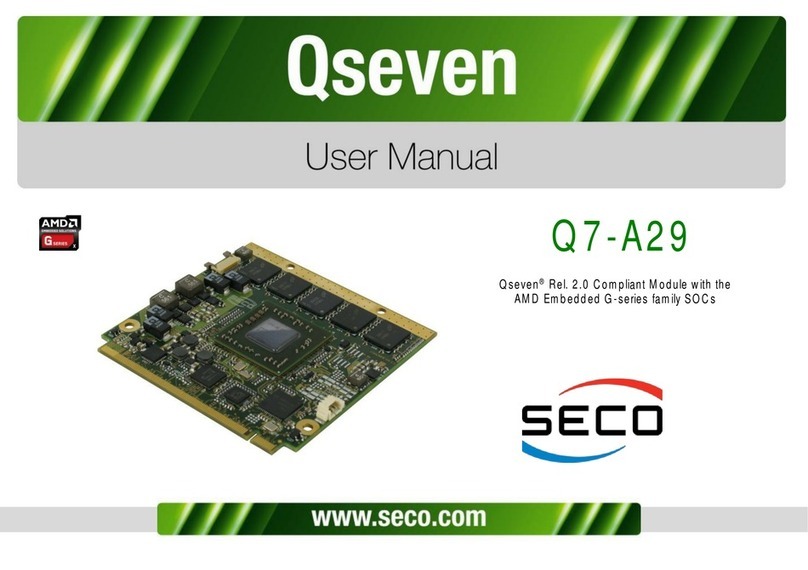
Seco
Seco Q7-A29 User manual
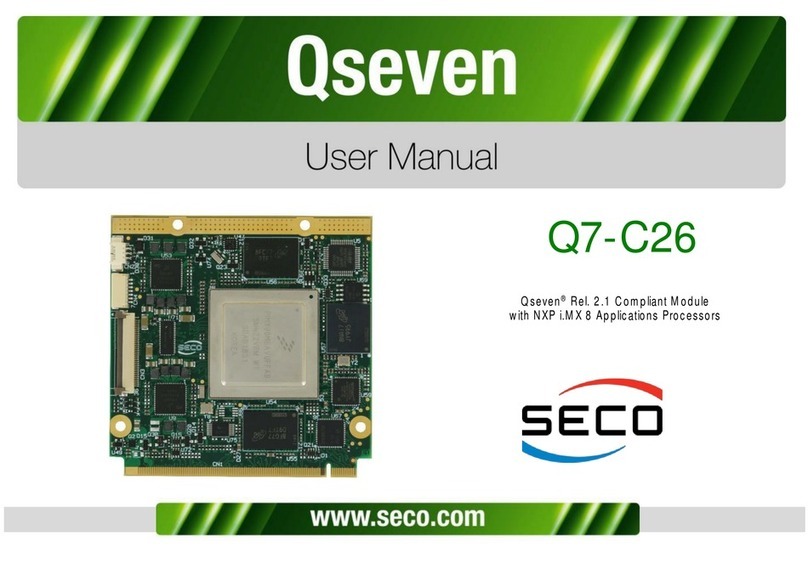
Seco
Seco Qseven Q7-C26 User manual
Popular Control Unit manuals by other brands
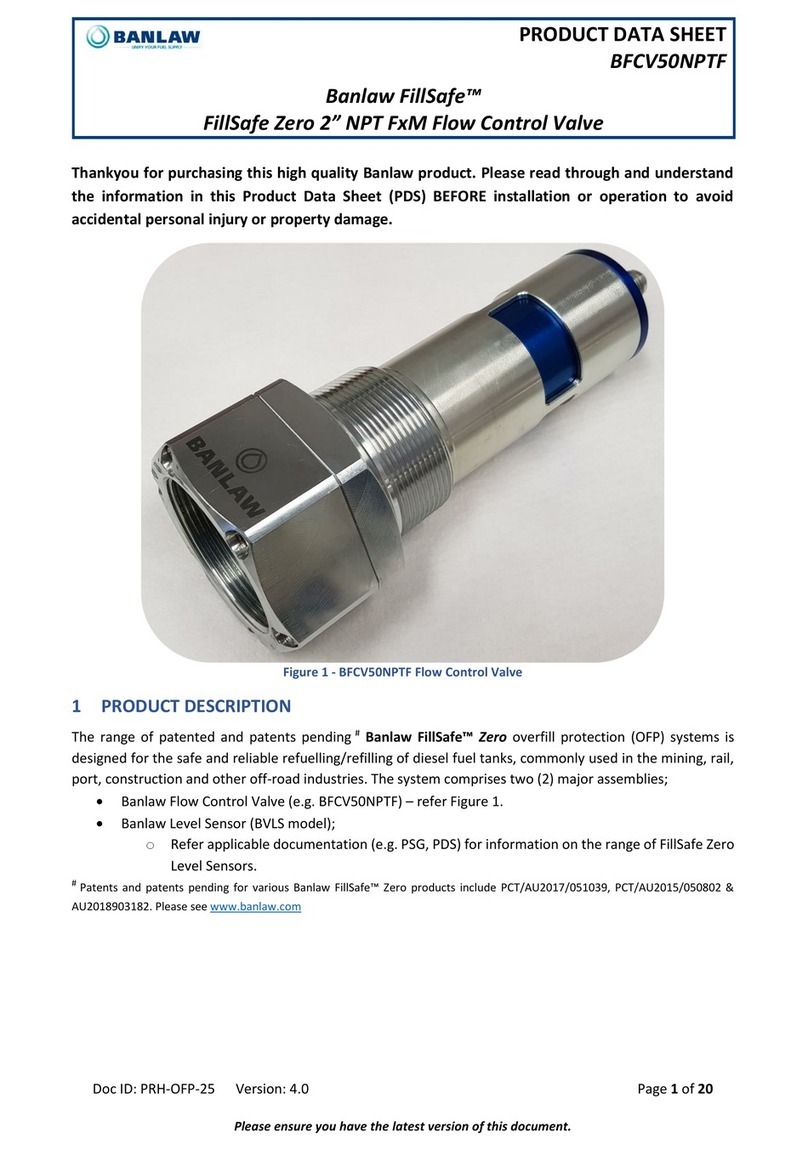
BANLAW
BANLAW FillSafe Zero 2 Product data sheet
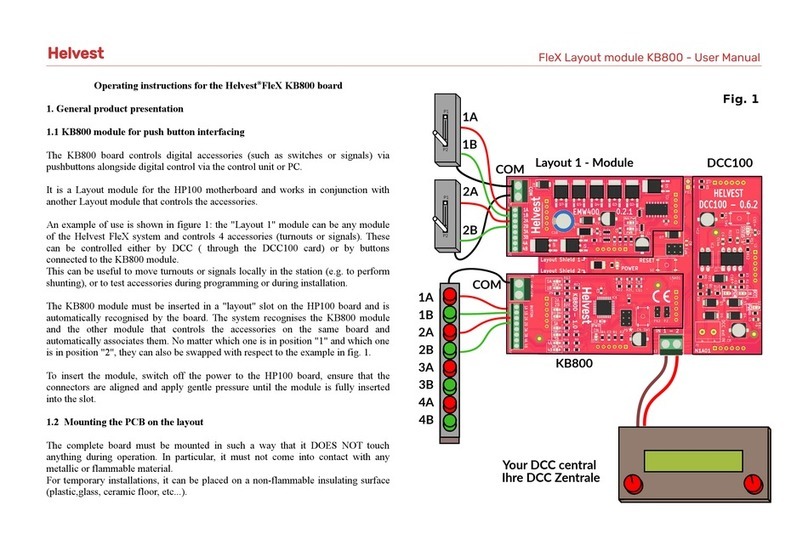
Helvest Flex
Helvest Flex KB800 operating instructions
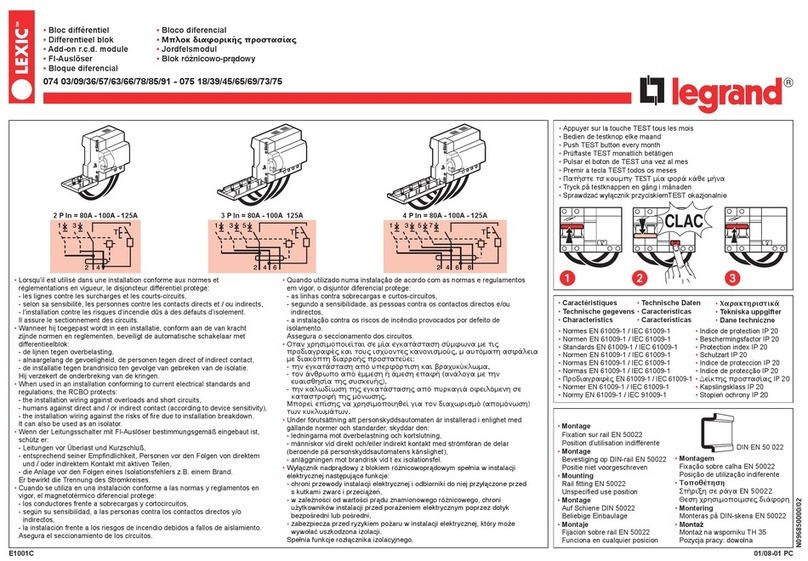
LEGRAND
LEGRAND LEXIC 074 03 quick start guide

Power Elite
Power Elite PC 7600 installation instructions
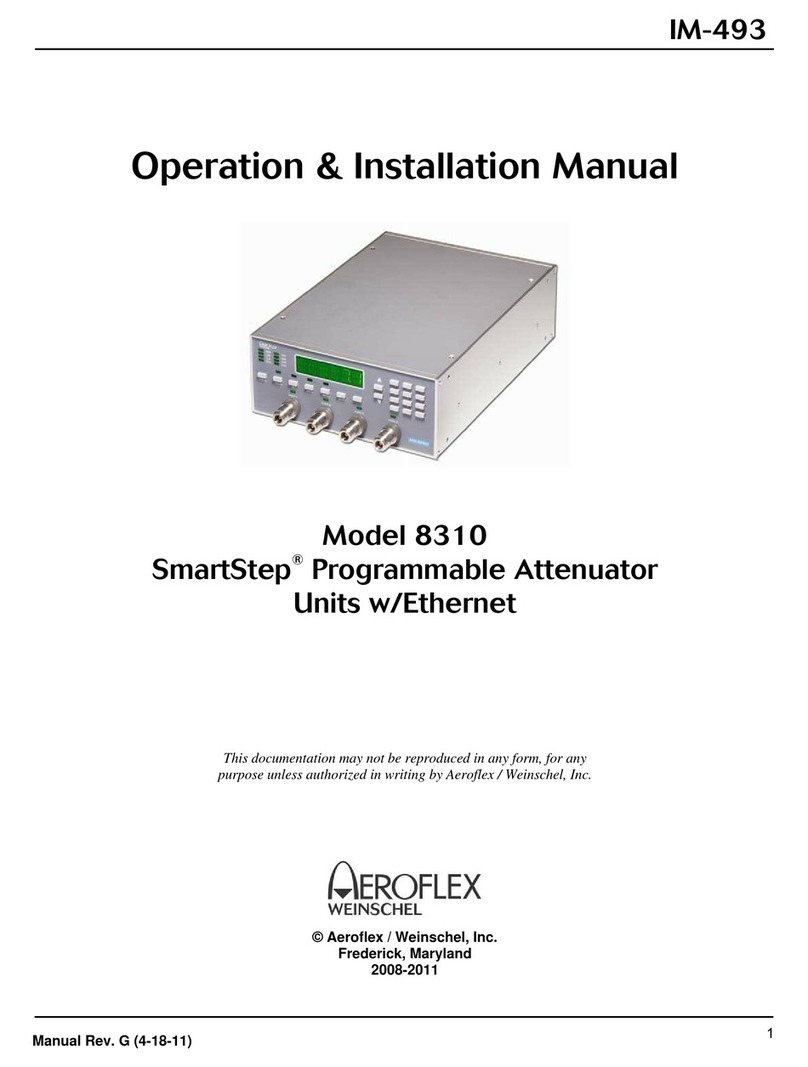
Aeroflex
Aeroflex SmartStep 8310 Operation & installation manual

Pfeiffer Vacuum
Pfeiffer Vacuum EVL 016 P operating manual


